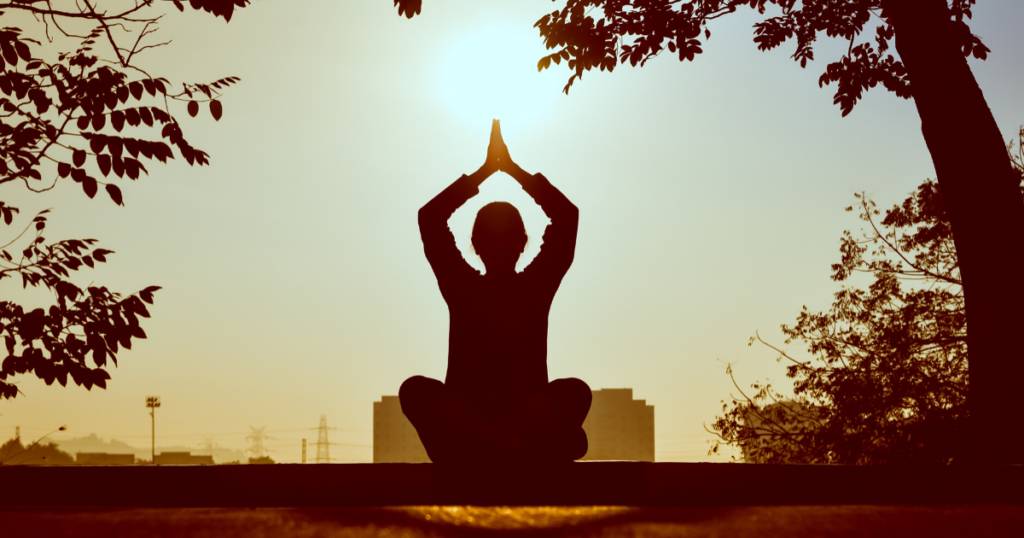Meditation is a powerful practice that has been around for centuries, offering numerous benefits for the mind, body, and soul. While it may seem daunting at first, meditation is actually quite simple and can be done by anyone, anywhere, including the comfort of your own home. In this comprehensive guide, we will explore the various techniques and tips for starting a meditation practice at home.
Understanding Meditation:
Before diving into the how-to aspects of meditation, it’s important to understand what meditation is and what it is not. At its core, meditation is a practice of mindfulness and awareness, where one focuses their attention on the present moment without judgment. It involves training the mind to observe thoughts, emotions, and sensations without getting caught up in them.
Benefits of Meditation:
The benefits of meditation are numerous and well-documented. Research has shown that regular meditation practice can reduce stress, anxiety, and depression, improve concentration and focus, enhance self-awareness and emotional well-being, promote better sleep, and even boost immune function. These benefits make meditation a valuable tool for improving overall health and quality of life.
Setting Up Your Meditation Space:
Creating a dedicated meditation space in your home can help set the tone for your practice and make it easier to meditate regularly. Choose a quiet, clutter-free area where you can sit comfortably without distractions. You can decorate your space with items that inspire peace and tranquility, such as candles, incense, or meaningful objects.
Choosing a Meditation Technique:
There are many different meditation techniques to choose from, so it’s important to find one that resonates with you. Some popular meditation techniques include:
- Mindfulness Meditation: In mindfulness meditation, the focus is on observing thoughts, feelings, and sensations as they arise without attachment or judgment. This technique involves bringing attention to the breath or bodily sensations and gently redirecting the mind when it wanders.
- Loving-Kindness Meditation: Loving-kindness meditation involves cultivating feelings of love, compassion, and goodwill towards oneself and others. This practice often involves repeating phrases or mantras that promote feelings of kindness and compassion.
- Guided Meditation: Guided meditation involves following along with a recorded meditation script or audio guide. This can be particularly helpful for beginners who may find it difficult to quiet the mind on their own.
- Visualization Meditation: Visualization meditation involves creating mental images or scenes that promote relaxation, healing, or personal growth. This technique can be especially effective for reducing stress and anxiety.
Starting Your Meditation Practice:
Once you’ve chosen a meditation technique that resonates with you, it’s time to start your practice. Here are some tips for getting started:
- Start Small: When beginning a meditation practice, it’s important to start small and gradually increase the length and frequency of your sessions. Start with just a few minutes of meditation each day and gradually work your way up to longer sessions.
- Find a Comfortable Position: Find a comfortable sitting position for meditation, whether it’s sitting cross-legged on the floor, sitting in a chair, or lying down. Keep your spine straight and your body relaxed.
- Focus on the Breath: Many meditation techniques involve focusing on the breath as a way to anchor the mind in the present moment. Pay attention to the sensation of the breath as it enters and leaves the body, noticing the rise and fall of the chest or the feeling of air passing through the nostrils.
- Be Gentle with Yourself: It’s natural for the mind to wander during meditation, so don’t be too hard on yourself when it happens. Instead of getting frustrated, simply acknowledge the wandering thought and gently bring your focus back to the present moment.
- Practice Consistently: Consistency is key when it comes to meditation. Try to meditate at the same time and in the same place each day to establish a routine. Even just a few minutes of meditation each day can have a significant impact on your overall well-being.
- Be Patient: Meditation is a skill that takes time and practice to develop, so be patient with yourself as you navigate the ups and downs of your meditation practice. Remember that progress is not always linear, and every moment of mindfulness counts.

Incorporating Meditation into Your Daily Life:
In addition to formal meditation sessions, there are many ways to incorporate mindfulness into your daily life. Here are some ideas:
- Mindful Eating: Practice mindful eating by paying attention to the taste, texture, and aroma of your food as you eat. Chew slowly and savor each bite, noticing the sensations in your body.
- Mindful Walking: Take a mindful walk by paying attention to the sights, sounds, and sensations around you as you walk. Notice the feeling of your feet touching the ground and the rhythm of your breath.
- Mindful Breathing: Take a few moments throughout the day to pause and focus on your breath. Notice the sensation of the breath as it enters and leaves the body, bringing your attention back to the present moment.
- Mindful Listening: Practice mindful listening by fully engaging with the person you’re speaking to, giving them your full attention without judgment or distraction.
- Mindful Work: Incorporate mindfulness into your workday by taking short breaks to pause and breathe, allowing yourself to reset and refocus your attention.
Conclusion:
Starting a meditation practice at home can be a transformative journey that brings greater peace, clarity, and well-being into your life. By choosing a meditation technique that resonates with you, establishing a regular practice, and incorporating mindfulness into your daily life, you can experience the many benefits that meditation has to offer. Remember to be patient and gentle with yourself as you navigate your meditation practice, and know that every moment of mindfulness brings you closer to greater inner peace and happiness.


